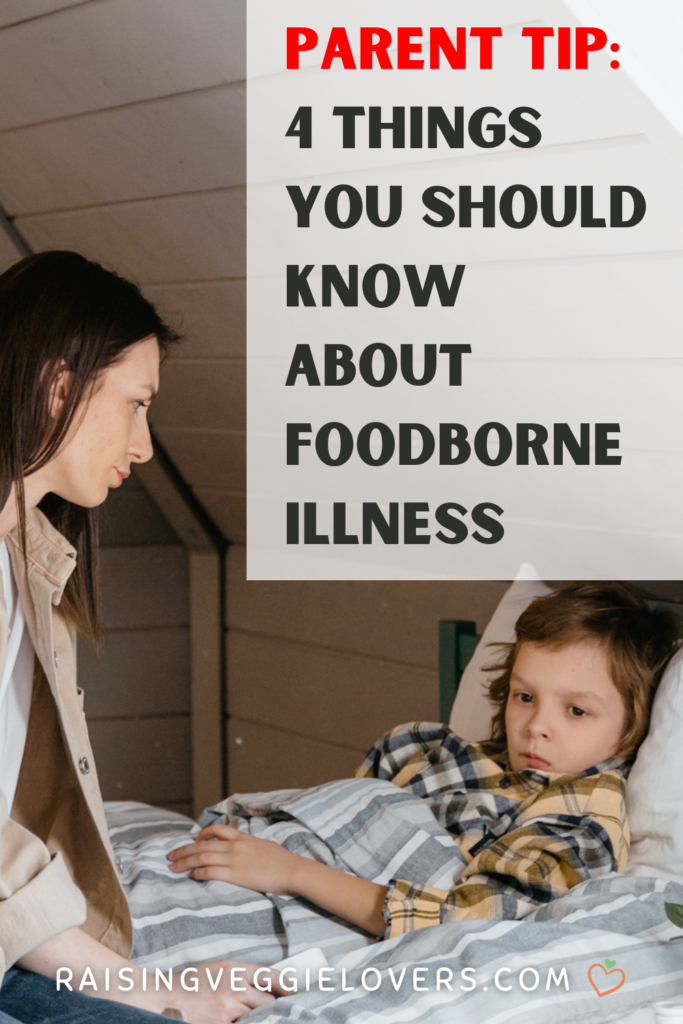As an Amazon Associate, I earn from qualifying purchases. This post may contain affiliate links. Read my disclosure policy.

After a long week of work and school, taking your children to their favorite restaurant is a nice reward and an excellent way to start the weekend. They get to have their favorite foods and catch up with everyone about their weeks, all while relaxing during a nice dinner.
After some time, though, your children start to feel a little queasy. You try to give them a bubbly drink and healthy greens to promote digestion. Unfortunately, they end up in the restroom, suffering from food poisoning. How did this happen?
Here are four things you should know about foodborne illnesses and what to do to help your child.
Foods That Contain the Most Bacteria
Plenty of vegetables and fruits can get contaminated with bacteria. Exposure to animal waste in fertilizer or to unclean water during washing can make a difference in a meals’ sanitation. Additionally, unpasteurized juices and cider can contain pathogens, and foods that come in contact with an ill person can also become contaminated. Lastly, foods that aren’t cooked at the appropriate temperatures can still become ridden with bacteria, causing a higher risk of infection.
Identifying Foodborne Illness Symptoms
Knowing how to identify the signs of foodborne illnesses will accelerate the healing process for your exposed children. Symptoms such as nausea, vomiting, diarrhea, and stomach cramping are often associated with food poisoning. If your little one exhibits these symptoms, make sure they feel comfortable and hydrated.
In some cases, symptoms can become severe or even life threatening. Children and people with weaker immune symptoms tend to have more risk of severe symptoms, so it’s best to keep them hydrated and well-rested.
Most Common Illnesses
Telling one foodborne illness from another can be difficult. Some of the milder infections include:
- Norovirus
- Salmonella poisoning
- Campylobacteriosis
- Clostridium perfringens infections
- Staphylococcus aureus infections
Luckily, these types of foodborne illnesses can feel mild, and they often require only a few days to recover. Some more severe illnesses that can lead to hospitalization include listeriosis, vibriosis, E. coli infections, and botulism.
Preventions to Take for Children
One of the things you should know about foodborne illnesses is that you can take precautions for your children. Learning the proper principles of food safety, such as the long-term effects of campylobacter, can help you prevent future incidents and improve the recovery process.
Make sure to wash all fruits and vegetables prior to offering your child their favorite snacks. Additionally, avoid cross contamination with other foods and substances, as bacteria and pathogens can spread from one surface to another. Always check expiration dates and buy food from reputable places to limit illness exposure. From there, your children can enjoy their favorite celery sticks slathered in peanut butter.
As your children snack on zucchini noodles with pasta sauce, you must keep them healthy. Otherwise, their favorite foods will no longer be their preferred meals. So keep your food clean to keep your children smiling.

As always, sharing is caring! Please click on the buttons below to share this post with your friends!
